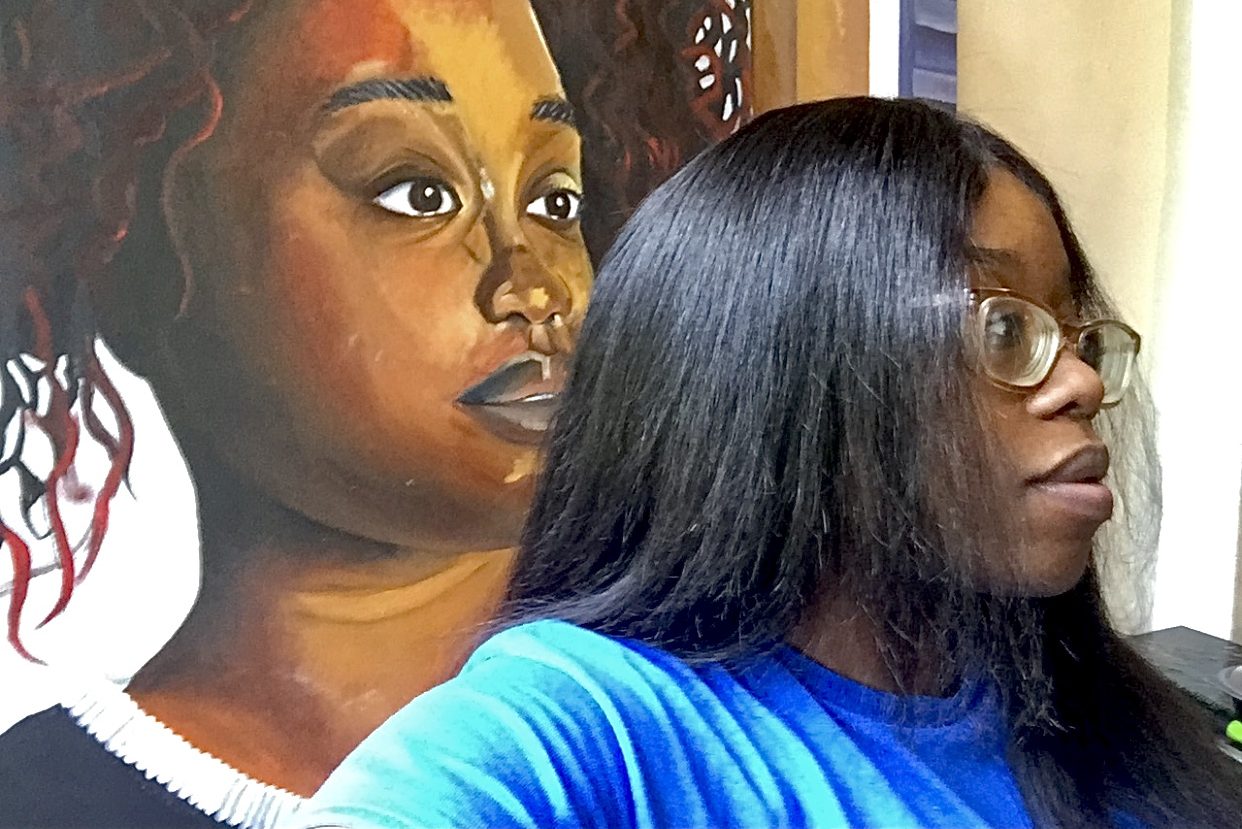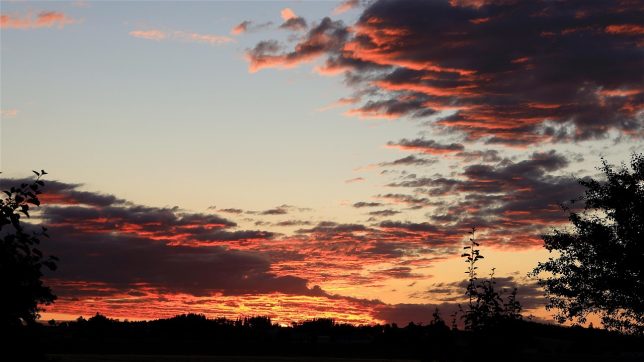Danielle sat down with Rhoda, an artist from New York, to discuss her art and the messages she hopes to convey. Rhoda is a community member that lives a life parallel to the Un-Associated brand, so we thought it would be great to highlight her works and give her a platform to share. Enjoy!
Danielle: What are you un-associated with? What do you refuse to be defined by?
Rhoda: Rhonda. Off the bat, I know that doesn’t make sense, so I’ll explain. For the entirety of my life and probably in the future, I’ve been mistaken for Rhonda. That’s not my name – my name is Rhoda. Honestly, when people get my name wrong, I just want to know when the n is coming from because I don’t see it. But anyway, I’m un-associated with Rhonda because that’s someone people, in general, make me out to be and it’s not me. People think I’m a pushover and I’m too nice or that I’m too quiet as if that’s a bad thing and I’m none of those things. I’m just Rhoda.
Danielle: So when people mistake you for Rhonda, you associated that with a misidentification of who you are as a person. Is that what you’re saying?
Rhoda: Yes.
Danielle: The first image has a Bible in the man’s lap and a hymn in the second image. Can you tell me what inspired these works and what their meaning is?
Rhoda: The first photo – that’s right. There is a Bible in the photo. In both photographs, there’s a Bible and hymnal. About two years ago, we (my sisters and I ) were in the living room and my parents weren’t home. The landlord knocked on the door and he was looking for our parents for whatever reason – we didn’t know. But we found out later on that he sold the house we were living in and told us we had two months to figure it out, to pack our stuff up and find someplace else to live. And we were just like, oh okay. My mother and father rushed home and my father told us to go to the living room and I just knew we were going to have devotion for however long we were going to have it. His first response was not panicking or trying to figure out what we were going to do – it was to go in the living room, get the Bible and the hymnals, have devotion and pray. So, the first photograph is called The Shepherd and the man in the chair is my father and in front of him is his hymnal and his Bible. The hymnal is on the bottom because we had just finished singing a hymn and now, he was going to read the scripture and the scripture on the page is 1 Thessalonians 5:17, which is to pray without ceasing because that’s exactly what we did. We always prayed and had devotion as a family, but in that time frame, in our predicament, we did it even more.
The second painting is called His Comfort. In that painting, my mother and father in their bedroom and at the edge of their bed is the hymnal and Bible once more. Even prior to our landlord kicking us out of our house, the enemy was just attacking my father – he was sick, not feeling well and just not himself and in those moments, he would lie in bed, my mom would pray over him and then, my sister and I would see her praying over him and surround ourselves around him and sing the verse from a hymn, recall a scripture or myself or my sister would say a prayer. We know that once you give your life over to Christ, it just happens. Like He says, they persecuted me, so they will persecute you. So, we would do that when he lacked the strength to do it, which is why it’s entitled His Comfort because when he couldn’t physically be our rock, she would be his rock and comfort and we would be too. He is the head of our family and our mom was his comfort in his time of need.

Danielle: Do you have any artistic influences – artists that have inspired and impacted your technique?
Rhoda: I’m not sure if I have any influences, but as an artist, I don’t typically use a lot of color, but when I was painting these particular works, I liked to look at Kerry James Marshall. Actually, he is the influence of the second painting. The second image has a verse from the hymn, The Lord Will Make a Way Somehow, written at the top. It says there’s a sweet relief in knowing the Lord will make a way somehow from and that comes from a painting of his. I saw it when he had a show, about two years ago, and it was at the Met Breuer. It was baffling to me that this Black man from Alabama had his work three floors that just spanned all the walls. There was an angel in the room with people who have died throughout history but I can’t remember the context of it but where the angel is, above the angel are musical notes, so that’s where that comes from.
My other influences came from just being around my classmates because when I was stuck, I’d just walk around the classroom. Whenever I got stuck, I would just walk around to see what they were drawing. If there are two people that have influenced me, her name is Madjeen Isaac. I can’t explain it, but looking at her work and I don’t know if it was motivation, her confidence or her palette, but I would look at her work and just be able to go back to painting after seeing her paint. The second person is Shelly Fleury. These two people are artists that are good friends of mine and I don’t paint with a lot of color, but I would look at her palette and it was so extensive. The colors were so vibrant and it was just an array of colors and I wished I could do that. I tried to do that in His Comfort, which you’ll see has more colors than The Shepherd.
Danielle: How long have you been drawing and are there any tangible ways you’ve matured as an artist? Has the focus of your art changed?
Rhoda: We all get into doodling as kids in kindergarten. I didn’t really get into drawing until middle school. I didn’t have the easiest time there. Kids can be mean and it’s so cliche, but drawing was an escape for me. I was bullied at school, but they would see my sketches – my bubble letters and then they were like, you can draw? So that appeased them for a while because someone always wanted something drawn. It was on and off, but I like anime, which I got into in high school and I was fascinated with the artwork. First, I tried to trace it, but I couldn’t do it, so I decided to do it freehand. I did it because I could. It wasn’t something I was trying to get better at. At the end of 11th grade and toward the beginning of 12th grade, on the verge of college, I realized I had to figure something out.
I was also into making my own designs so I looked in a bunch of fashion magazines, fashion catalogs, sketch shoes and dresses. I I submitted a portfolio because I was supposed to go to my alma mater, FIT, for Fashion Design but somehow, they screwed that up and I ended up in the Fine Arts major. I didn’t realize I wasn’t in the Fashion Design department but I decided to stay. I didn’t take drawing seriously until I got to college because we had to know the foundation, the anatomy of the human body, etc. There are definitely tangible ways I have matured as an artist. I was terrible – the proportions were so off. I’d have 4-inch arms with like 25-inch legs. I didn’t know how to contour or what shadowing was. There’s a very tangible difference between high school, college and even now.

Danielle: Has the focus of your art changed?
Rhoda: I wouldn’t say I have a focus. Spiritual paintings aren’t my focus. The Shepherd and His Comfort – those two paintings were for my thesis. That was just something I felt I needed to do because I was going through at that particular time and I needed to draw to share my faith. It’s really about what I happen to see and what interests me. I just like to draw things that I like and think are cool. Like, I could be walking down the street and see something that I think is interesting, like a bench and I’m like, you know what? I wonder what this would look like if it was painted – if I painted it. It’s just stuff I think would look cool if it decided to paint it. It’s not faith-related entirely per se.
D: And would you say that’s how you generate ideas and where your inspiration comes from?
R: Yes.
Danielle: What is one message you wish to convey through your art?
Rhoda: I guess…I’m not sure because I’ve never taken credit for the gifts that I have. But .. I don’t know how I’d do it and I’ll figure it out eventually, but the message that I would want to be conveyed is these gifts are not my own and they come from God and I will never take the credit for it. I’m looking at my hands right now and there are so many things I can do with them and that has nothing to do with me at all. I know that there are people that are so arrogant like I did this and this comes from me but it really didn’t, so I would like to figure out a way to give God glory in all of the paintings I do even though I will probably say that first and foremost whenever I do something. I want to find a way to convey that …
D: You’re a vessel?
Rhoda: Yes.
Danielle: What’s the biggest lesson you’ve learned as an artist?
Rhoda: Never or at least try not to compare yourself to someone else and it’s ridiculously easy to do that because I did it my first three years of school. If you focus on how someone else is better than you, you can never improve yourself. It will hold you back and honestly, the people you think are better than you are probably looking at you thinking you’re better than them. I had this friend who was an amazing painter and you would have me believe that God himself was painting and I would compare myself to her a lot. Come to find out there was something about the way I painted that she was envious of, so never compare yourself to other people.
Danielle: What is your source of confidence as an artist?
Rhoda: The fact that God gave me this gift and no one else can take it away.
Danielle: What’s one message you have for the youth?
Rhoda: If you have the time to do something, you might as well just do it now.







